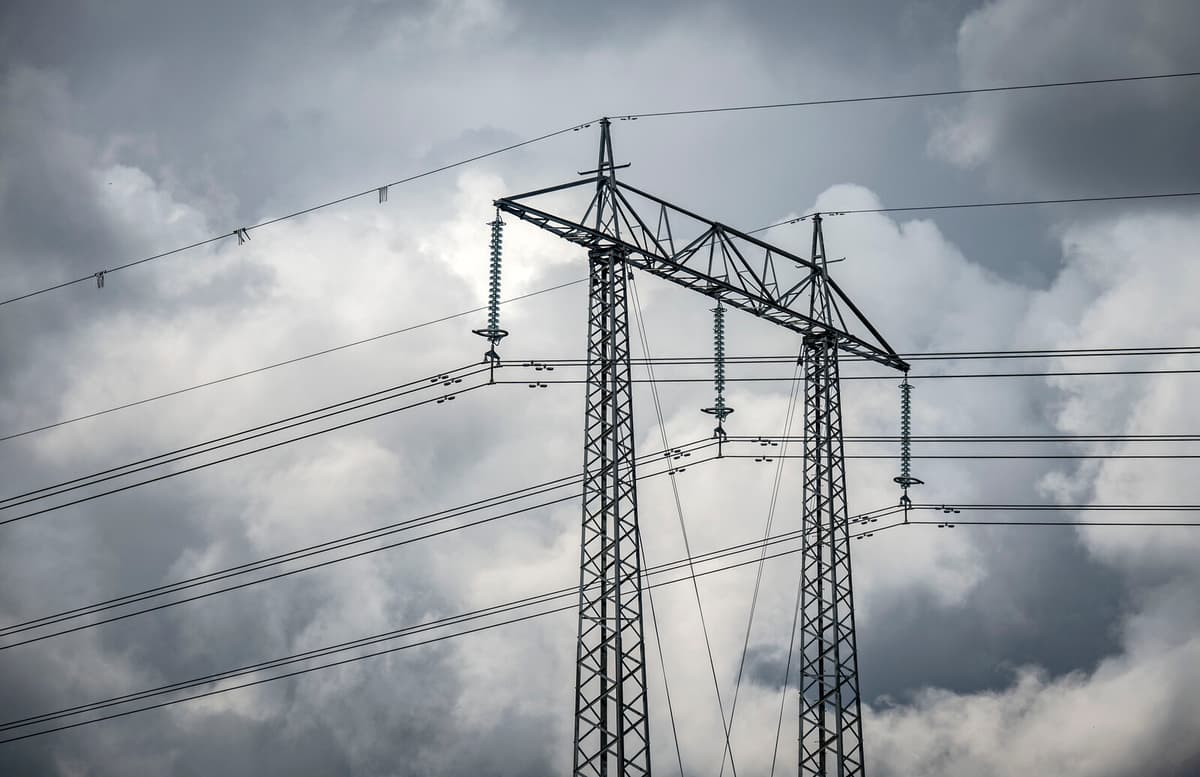This year, the electricity grid fees will increase by almost eleven percent for an average household living in an apartment.
This is one of the largest increases in 30 years, according to the annual measurement by the Nils Holgersson group, an association of several housing organizations.
Last year, the average increase was just over five percent, and in 2023, it was close to ten percent. The increasing electricity grid fees have been a long-standing issue in politics and courts, since the companies have natural monopolies. Despite the state's attempts to curb price hikes, the electricity grid companies have still gotten the upper hand.
Why are prices rising?
The simple analysis is that the Energy Market Inspectorate has raised the revenue caps for electricity grid companies, and then the electricity prices will rise at the rate we are seeing now, i.e., significant increases, and it will only get more and more, says Rikard Silverfur, chairman of the Nils Holgersson group and representative of the Property Owners' organization.
The consequence has been that the electricity grid fee and the increasing electricity tax, including VAT, take a larger share of the total electricity bill.
Much of the electricity debate revolves around the sometimes skyrocketing electricity prices and the significant price differences between northern and southern Sweden. But it is the fixed grid fees that take a larger share of the cake. Exactly how this distribution appears depends on the current electricity price.
Less profitable
But the direction is clear. A smaller part is about consumption; it is these fixed fees that take a larger share of your electricity bill, says Rikard Silverfur.
Then, saving on electricity becomes less attractive for the consumer.
It is never wrong, but it plays a smaller role. It becomes less profitable, says he.
The electricity grid companies' explanation for the higher prices is that they must raise fees because the electricity grids in these electrification times must be expanded and old grids replaced.
We have heard this argument very long, and the Energy Market Inspectorate has examined and said that it does not hold true. They are not expanding to the extent that they themselves say they are doing, says Rikard Silverfur.
The most expensive electricity grids after this year's increase:
Härjeåns Nät (Bräcke, Härjedalen, Ånge), 191.6 öre/kWh
Kraftringen Nät (Eslöv, Hörby, Höör, Klippan, Lomma, Lund, Torsås, Åstorp), 170.4 öre/kWh
E.ON zone 1 (Dorotea, Strömsund, Ragunda, Sollefteå, Kramfors, Timrå, and Nordanstig), 165.3 öre/kWh
Bergs Tingslag El (Berg), 162.2 öre/kWh
Skånska Energi Nät (Kävlinge), 156.0 öre/kWh
E.ON zone 2 (36 municipalities, including Malmö, Örebro, Norrköping, Hässleholm, Kalmar, Kungsbacka, Markaryd, Valdemarsvik, and Svedala), 155.4 öre/kWh
Gotlands Elnät, 151.4 öre/kWh
The cheapest grids:
Umeå Energi Elnät, 68.8 öre/kWh
Luleå Energi Elnät, 74.1 öre/kWh
Mölndal Energi Nät, 74.3 öre/kWh
Borlänge Energi Elnät, 75.3 öre/kWh
Skara Elnät, 76.9 öre/kWh
The calculations are based on prices as of January 1, 2025. The house used in the comparison has 15 apartments, and each household has an electricity consumption of 2,300 kWh per year. Additionally, there is a shared subscription for the property's shared electricity consumption, which amounts to 15,000 kWh per year.
Source: Nils Holgersson-gruppen.
A household's electricity bill consists of two parts, often in the form of different invoices.
The electricity itself comes on an electricity invoice. The electricity trading company can be chosen by the consumer.
Then, the household pays for the electricity grid on a separate invoice, where electricity tax is also added.
If you have the same electricity grid company and electricity trader (same concern), both fees will be on the same invoice.





